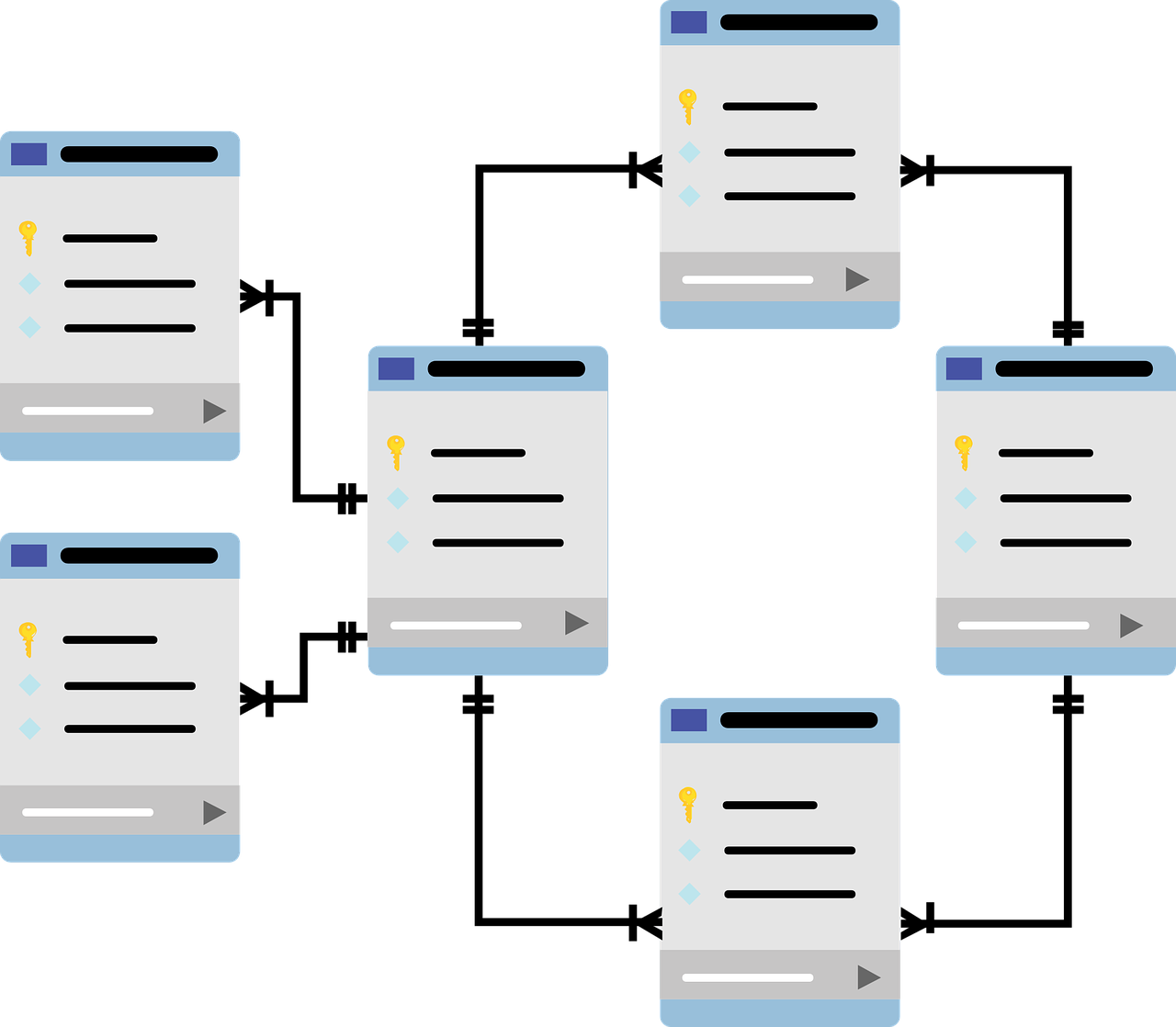Here is a guide to tech-driven growth for health clinics.
Growth driven by technology is essential for health clinics seeking efficiency in running facilities, improving the care of patients, and building a strong brand for competitive advantages in today’s fast-moving healthcare environment.
Technology makes administrative tasks easier and brings novel approaches toward managing patients, data handling, and operational efficiency.
Here’s a guide on how health clinics can leverage technology for growth and success.
Table of Contents
Adopt Electronic Health Records
Electronic Health Records form the backbone of today’s healthcare technology. There are many benefits in migrating to EHR systems from paper-based records. EHRs make patient information easily accessible and updatable.
Hence, greater improvements in the accuracy of medical records can be seen, improving the continuity of care. Histories of patients can be retrieved, treatment plans can be tracked, and information can be shared across other healthcare providers on an ad hoc basis, all easily under EHR systems.
This will save time and reduce the percentage of errors, leading to a very high overall patient safety setup. An EHR system can immensely smoothen your clinic’s workflow and boost patient outcomes.
Avail Telemedicine Solutions
Telemedicine has completely transformed the patient care process by facilitating remote consultation and follow-up appointments. You can integrate telemedicine solutions into your practice, allowing your patients to acquire care remotely without accessing your service physically.
This is very helpful, particularly because it makes it possible to reach patients who have problems moving and those who have busy lifestyles and have no time to visit hospitals. The telemedicine system uses video calls, secure messages, and remote monitoring to assist in ongoing continuing care and chronic care management.
Implementing telemedicine in your clinic will extend your market base, improve patient satisfaction, and maximize resource use.
Harness Data Analytics for Informed Decision-Making
It is, therefore, one of the most influential tools in enhancing the operations of a clinic and the care offered to patients. Such information will help you understand the overall trends of the clinic through patient data, appointment trends, and other operational metrics.
It identifies patterns, tracks KPIs, and enables data-driven decision-making. For example, one can be able to use analytics to know patient flow, understand appointment scheduling, or even find any chink in the system.
Using data analytics tools in practice, prevention of events can be attempted, increased efficiency can be achieved, and strategic growth goals can be pursued for your clinic.
Practice Management System
Practice management software is employed in clinics and hospitals to manage their respective work. The technology pools all the administrative tasks in one place: scheduling, billing, and patient records. The setting up the practice management system accomplishes automation with routine duties, minimization of manual errors, and smoothening the workflows.
Electronic billing, appointment reminders, and patient portals are all features that make the process easier and faster while improving patient satisfaction.
Also, most of the practice management system packages contain many reporting and analytical tools that will help you track your clinic’s performance and make informed decisions. This technology makes life easier by streamlining operations and providing more time to offer quality patient care.
Enhance Cybersecurity
As health clinics become more dependent on technology, cybersecurity has emerged as a continuously growing area of concern. The protection of patient data and clinic information from cyber threats is central to keeping that trust and even maintaining compliance with the regulations binding the industry.
Assure adequate cybersecurity in place to protect sensitive information through encryption, firewalls, and secure protocols for authenticating access. Update software and run security audits to pinpoint vulnerabilities.
Finally, educate your staff on the best practices in cybersecurity and define protocols for managing a data breach event. Next to protecting against threats, bolstering the cybersecurity of your clinic ensures the confidentiality and integrity of patient information.
Conclusion
If your health clinics are going to compete better in the marketplace and improve patient care, then growing with the trend in technology will certainly be a requirement.
From electronic health records and telemedicine solutions to data analytics and practice management systems, not to mention the strengthening of cybersecurity measures, clinics can make gigantic strides in efficiency, patient satisfaction, and total success.
New tools and innovations will be fundamental for you to adapt and thrive in the future of healthcare, which continues to evolve with technology. Embracing these tech-driven strategies will place your clinic in a position of sustainable growth and assure you that you are well on your way to meeting the needs of both your patients and staff.
INTERESTING POSTS
- 5 Security Hacks To Ensure Your Telemedicine Apps Are Safe To Use
- A Guide for Healthcare Businesses on Using New Technology
- How Does Technology Improve Healthcare?
- A Look at the Benefits of New Tech in Healthcare
- Exclusive Interview With Bob Baxley, CTO Of Bastille Networks
- Exploring Cloud Solutions for Health IT: A Guide to HIPAA-Compliant Options
- Great Tools To Help Protect Yourself And Your Devices
About the Author:
Christian Schmitz is a professional journalist and editor at SecureBlitz.com. He has a keen eye for the ever-changing cybersecurity industry and is passionate about spreading awareness of the industry's latest trends. Before joining SecureBlitz, Christian worked as a journalist for a local community newspaper in Nuremberg. Through his years of experience, Christian has developed a sharp eye for detail, an acute understanding of the cybersecurity industry, and an unwavering commitment to delivering accurate and up-to-date information.









